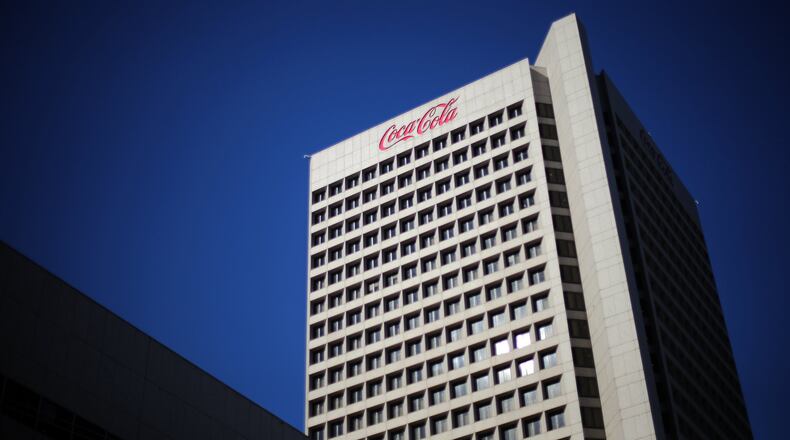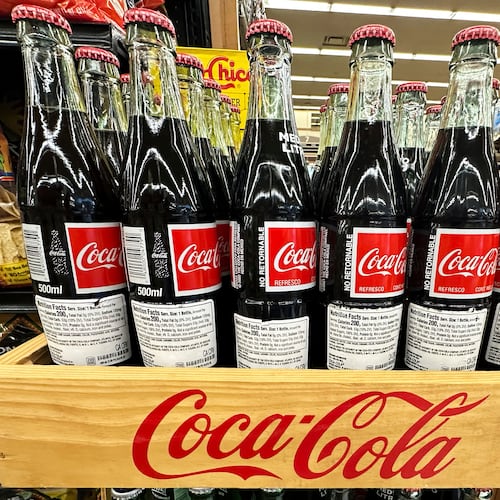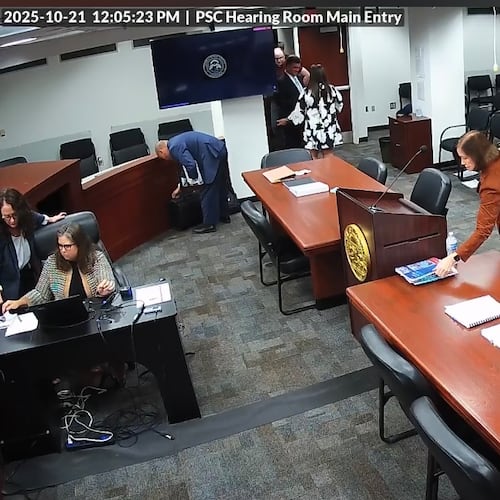Coca-Cola continues to exit the bottling business.
Tuesday, the Atlanta beverage giant announced a deal with its South African partner, Gutsche Family Investments, to sell a majority stake in Africa’s largest Coca-Cola bottler.
The deal is valued at about $2.6 billion. It’s expected to close by the end of 2026, subject to regulatory approval.
Another large Coca-Coca bottler, Switzerland-based Coca-Cola HBC, will buy the 75% stake in Coca-Cola Beverages Africa. The African bottler operates in 14 countries, comprising about 40% of the Coca-Cola product volume sold across the continent.
Coca-Cola also said it agreed to a separate option for Coca-Cola HBC to acquire the remaining 25% of the business in coming years. Coca-Cola HBC has operations in 29 countries across Europe and Africa, including Nigeria and Egypt.
“We see huge growth opportunities in Africa,” Zoran Bogdanovic, CEO of Coca-Cola HBC, said in a news release. “It has a sizable and growing consumer base and significant potential to increase per capita consumption.”
Coca-Cola has sold off its company-owned bottlers for many years. It’s an effort to cut costs and outsource the labor intensive parts of its business, according to Bloomberg.
Coca-Cola sets the global strategy, promotes its beverage portfolio and sells syrup and concentrate, while its bottlers produce and distribute the drinks in the local market.
“If we find the right partner to put these bottlers into their hands, they invest more, they do better,” James Quincey, Coca-Cola chairman and CEO, said Tuesday during a conference call. “The bottler performs better, and it helps us drive overall growth of the total system.”
Coca-Cola also recently sold a 40% stake in its largest bottler in India, Hindustan Coca‑Cola Beverages.
Quincey said Tuesday with the Africa and India deals, the company is nearly done selling its company-owned bottlers, what it calls a “refranchising” strategy.
In 2024, Coca-Cola’s bottling investments made up 13% of its net revenue, down from 52% in 2015. When the Africa deal closes, the company expects bottling investments to represent about 5% of its net revenue.
“The things that will be left are just a handful of smaller countries like Malaysia and Singapore,” Quincey said. “This is the final piece of stone in putting [the] refranchising strategy to bed, and we now have a system that is super capable and set up to drive growth well into the future.”
Also on Tuesday, Coca-Cola reported its third-quarter results, beating Wall Street’s expectations, according to CNBC.
Net sales were $12.5 billion during the quarter, up 5% from the same period last year. Net income was $3.7 billion, up 29% year over year.
The company’s operating profit margin has increased because of its “continued productivity mindset,” John Murphy, Coca-Cola’s president and chief financial officer, said during a Tuesday conference call.
“While we’re continuing to invest for growth, we’re also driving productivity, including prioritizing supply chain efficiencies, improving the efficiency of our advertising spend, and being prudent with our expense base,” Murphy said.
Coca-Cola’s global unit case volume grew 1% during the third quarter, driven by growth in Central Asia, North Africa, Brazil and the United Kingdom. The unit case volume in North America and Latin America was flat.
Across the globe, Coca-Cola’s water, sports, coffee and tea segments saw the largest volume growth in the third quarter, the company said. The volume of sparkling soft drinks was flat, and juice, value-added dairy and plant-based beverages declined.
Quincey said the operating landscape remained complex during the quarter.
“While many consumers remain in overall good shape, certain segments of the population are under pressure due to varying factors,” he said.
Some of those factors could be long-lasting, Quincey added, such as “inflationary pressures, uncertain trade dynamics and an ever-changing geopolitical environment.”
He said despite the economic backdrop, the company was able to deliver volume growth. “July and August were slow to start, but September ended on a stronger note,” he said.
Tuesday morning, shares of Coca-Cola rose more than 3%.
About the Author
Keep Reading
The Latest
Featured




